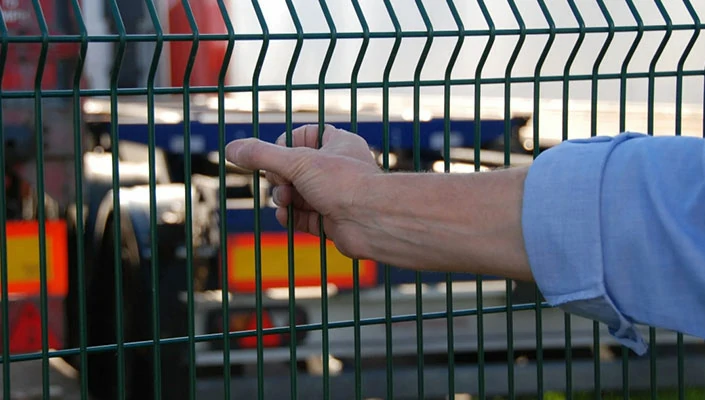Guidelines for Effective Razor Wire Installation and Safety Considerations
Razor Wire Installation An Essential Guide for Security Enhancement
Razor wire installation has become an increasingly popular choice for enhancing security in various environments. Commonly used in prisons, military bases, and industrial sites, this type of barbed wire is known for its sharp-edged blades that deter unauthorized access effectively. This article will outline important considerations for razor wire installation, including planning, types of razor wire, installation methods, and maintenance.
Planning Your Installation
Before beginning the installation of razor wire, it's essential to conduct a thorough site assessment. This involves identifying the areas that require heightened security and determining the type of fence or barrier to which the razor wire will be attached. Factors such as the height of the fence, potential climbing aids (like trees or nearby structures), and local regulations concerning security fencing should be carefully evaluated. It's also crucial to consult local zoning laws or security regulations, as some locations may have restrictions on the use of razor wire.
Selecting the Right Type of Razor Wire
There are various types of razor wire available on the market, each designed for specific security requirements. The most common variations include
1. Concertina Razor Wire This type of wire is coiled in a spiral, making it difficult to traverse. It's often used for military installations and prisons.
2. Straight Razor Wire Unlike concertina, straight razor wire is typically stretched out over a longer distance. It’s ideal for fencing perimeters but requires additional measures to prevent climbing.
3. Razor Wire Fencing This combines traditional fencing materials with razor wire for an impenetrable barrier. It provides a solid structure while adding an additional layer of security.
Choosing the appropriate type of razor wire for your needs is critical, as different designs offer varying levels of deterrence and aesthetics.
razor wire installation

Installation Methods
The installation process for razor wire can be complex and requires careful attention to safety and technique. Below are steps commonly involved in the installation
1. Preparation Wearing gloves and protective eyewear is crucial during installation to prevent injuries from sharp edges. Gather necessary tools, including wire cutters, fencing pliers, and staples.
2. Post Installation If you are working with a fence, ensure that the posts are secure and sturdy enough to support the weight of the razor wire. The wire should be installed at least six feet off the ground and sufficient distance from the perimeter to avoid easy access.
3. Attaching the Wire Begin at one end of the fence, unwinding the razor wire carefully. Utilize fasteners like barbed staples or clips to secure the razor wire to the fencing. Ensure that the wire is taut to maintain its effectiveness as a barrier.
4. Testing Security Once the installation is complete, it’s advisable to conduct a security assessment to ensure that the razor wire serves its purpose effectively. This might include checking for gaps or loose sections that may permit unauthorized access.
Maintenance Considerations
Routine maintenance is essential to preserve the efficiency of razor wire installations. Regularly inspect the wire for signs of damage, such as rust or degradation, and replace any compromised sections promptly. Keeping the surrounding area clear of vegetation and debris also enhances security, as it eliminates potential hiding spots.
In conclusion, razor wire installation is a key element of security for various properties. With careful planning, selecting the appropriate type, proper installation techniques, and regular maintenance, razor wire can serve as a formidable barrier against unauthorized entry, ensuring a safer environment for both personnel and assets.
-
Space-Saving Chain Fence Hacks Vertical Gardening with Cyclone MeshNewsJul.16,2025
-
Innovations in Iron Nail Wire Production for Modern ConstructionNewsJul.16,2025
-
Creative Uses of Wire Netting Fence in Modern Landscape DesignNewsJul.16,2025
-
Barbed Wire Fence Innovations in Anti-Climb TechnologyNewsJul.16,2025
-
Architectural Uses of Umbrella Nails for Aesthetic Roof DesignsNewsJul.16,2025
-
Architectural Uses of Razor Barbed Wire in Secure Urban DesignNewsJul.16,2025




